Are they needed?
Determining the necessity of emergency fixtures hinges on identifying potential hazards. The Safety Data Sheet (SDS) serves as a crucial tool in this process, detailing whether a chemical possesses the potential to inflict serious or severe eye damage. Among the substances warranting attention are solvents like acetone, flammable liquids, acids, and corrosives such as glutaraldehyde, formaldehyde, bleach, and sodium hydroxide.
What type is needed?
Once the determination has been made regarding whether an emergency fixture is required, the type of fixture is selected on the level of potential exposure to workers and how many individuals could be affected by the hazards.
- Emergency Eyewash Stations – These are required in situations where spills, splashes, or debris are likely to affect only the eyes.
- Drench Showers – These are required in areas where hazards pose a risk to larger areas of the body.
Once hazards are identified, it must be determined whether an eye wash and/or shower is necessary based on the specific processes in these areas.
Where should they go?
The placement of emergency shower and eyewash stations is outlined in OSHA 1910.151 (C). The guidelines are summarized in the bullets below:
- Emergency fixtures must be situated within 55 feet, in order to ensure it is reachable within 10 seconds.
- The path to the fixture should remain unobstructed by debris or any other hazards that may impede the path of travel.
- The fixture must be on the same level as the hazard, with no doors obstructing the direct path between the hazard and the fixture. If a door is necessary, it is advisable for it to be equipped with panic hardware and to swing in the direction of the emergency fixture.
- If the hazard restricts workers’ mobility, the fixture must be placed closer to them. In cases involving highly corrosive chemicals, the fixture must be positioned directly adjacent to the hazard.
The stations must be located in areas with highly visible signage positioned to ensure visibility within the designated service area.
What do designers need to know and incorporate into their plans?
- For eye wash stations, 248 CMR Section 10.10 (13) mandates the use of tempered water for the full 15-minute flush period. “Tempered” is defined as water temperature ranging from 60°F to 100°F. Eyewash units must deliver a flow rate of 0.4 gallons per minute (GPM) for the duration of 15 minutes.
- For emergency showers, the shower head must also utilize tempered water and be capable of providing a flow rate of 20 gallons per minute (GPM) at 30 pounds per square inch (PSI) for 15 minutes. The shower head must produce a spray pattern with a diameter of 20 inches at a height of 60 inches above the surface where the individual is standing.
In specific instances, exceptions exist to use cold, potable water with fire prevention safety officer permission.
What is required for on-going testing?
ANSI (American National Standards Institute) standards for eye wash and safety shower equipment are detailed in ANSI/ISEA Z358.1-2014. These testing requirements are designed to ensure that emergency eye wash and shower equipment is ready for use in case of an emergency, providing immediate decontamination to minimize injury from exposure to hazardous substances. According to this standard, the testing and maintenance requirements include the following:
- Weekly Activation: All eye wash and shower equipment must be activated weekly. Commonly referred to as “bump testing,” this ensures that the units are functioning correctly and that there is a flushing fluid supply. The goal is to clear the supply line of any sediment build-up and to minimize microbial contamination in the water.
- Annual Inspection: An annual inspection should be conducted to ensure compliance with the standard. This inspection should check that the equipment is in proper working condition and that it meets the performance requirements outlined in the standard.
- Record Keeping: Records of the weekly and annual inspections and tests must be maintained to demonstrate compliance with the standard and to identify any potential issues over time.
For any assistance related to specifying, locating, or testing emergency fixtures, reach out to Jigsaw Life Safety.





